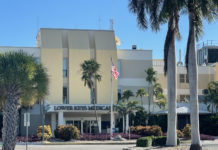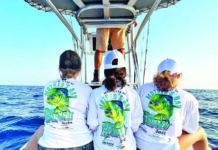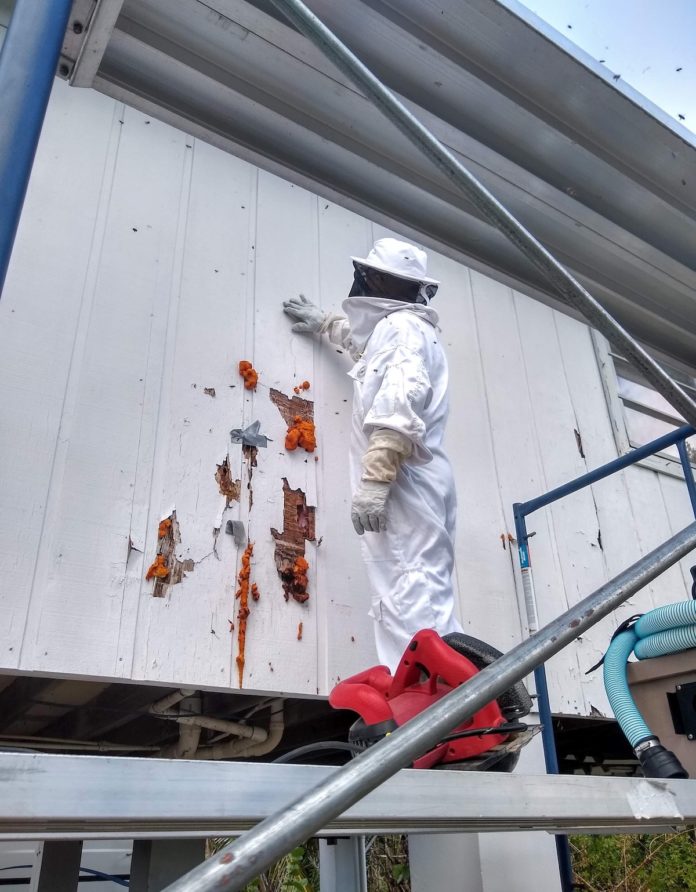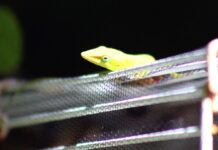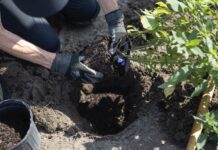It’s 8 a.m. on a Friday as Jeff Bennett stands in the yard of a home on Middle Torch Key, staring up at a hole in the siding. Swarms of bees zip in and out as he makes a plan and prepares his tools for the day. In no time, Bennett, with the help of Steve Hurley and Judith Anderson, have set scaffolding and stacked boxes, saws and vacuums under the affected area. As Hurley peels off a piece of siding, Bennett maneuvers around to get an infrared reading on the area. The screen lights up with an electric orange glow that unfortunately doesn’t fall where the team had hoped. “It looks like this is going to be a much bigger job than we anticipated,” Bennett says calmly, as he prepares to move inside the house for a closer look.
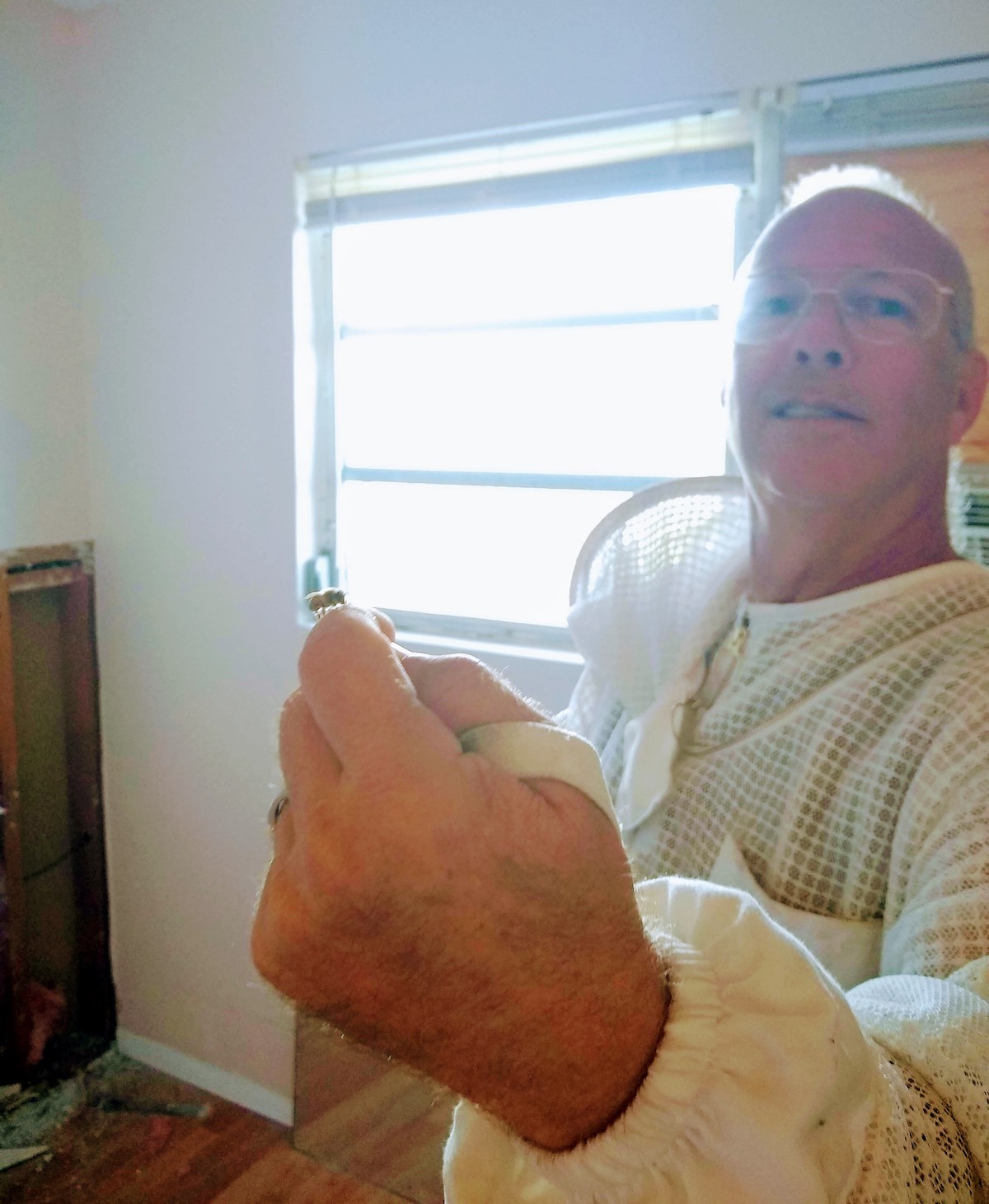
A little over a year ago, Bennett started Bennett’s Bees, a business focused on honey production, bee removal and swarm capture in the Florida Keys, as a hobby. With multiple calls a week, that hobby has grown into something resembling a full-time job for the retired pilot. With few local mentors to follow, he recounts his first few removals as a learning experience. “You learn quick. There’s no club down here — I had to teach myself. But I found that if your system works and the bees are surviving, thriving and producing honey, what you’re doing is probably fine. There are multiple ways to get to the correct answer. Bees don’t care. Bees are there to survive and they’ll help you out a lot, even when you make mistakes.”
The resulting business plan follows the idea of diversifying efforts when it comes to dealing with nuisance bees, allowing Bennett to tap into the agricultural market of bees while carrying out an important act of conservation. While Bennett maintains his own apiary and hives for honey production, he also has found a win-win in offering bee removal services. Homeowners and businesses who have stinging guests that overstay their welcome call him to humanely deal with the problem. The crew gets paid for its (if today was any indication — incredibly labor-intensive) removal work and also retains the honeycombs found within the walls for future honey production. The bees are captured, with a long-snout vacuum, and rehomed in Bennett’s apiaries, where they’ll get back to work as soon as their travel exhaustion wears off. In some cases, the removal experts may even leave with a few tubs of liquid gold. “Just recently, we were on a job that yielded 20 pounds of honey,” Bennett said.
Across the country, people are becoming more aware of the plight of bees. As one of the world’s most important agricultural assets, bees are also one of the most fragile. In the United States, over one third of the food consumed each year relies, either directly or indirectly, on pollination by bees. The Food and Drug Administration estimates an annual $15 billion in added value for domestic crops. In addition to assisting the healthy growth of numerous commercial crops, bees create products such as beeswax, pollen, royal jelly, propolis, venom and, of course, honey that are harvested for medicinal purposes and as food sources, accounting for an additional agricultural value of nearly $400 million.
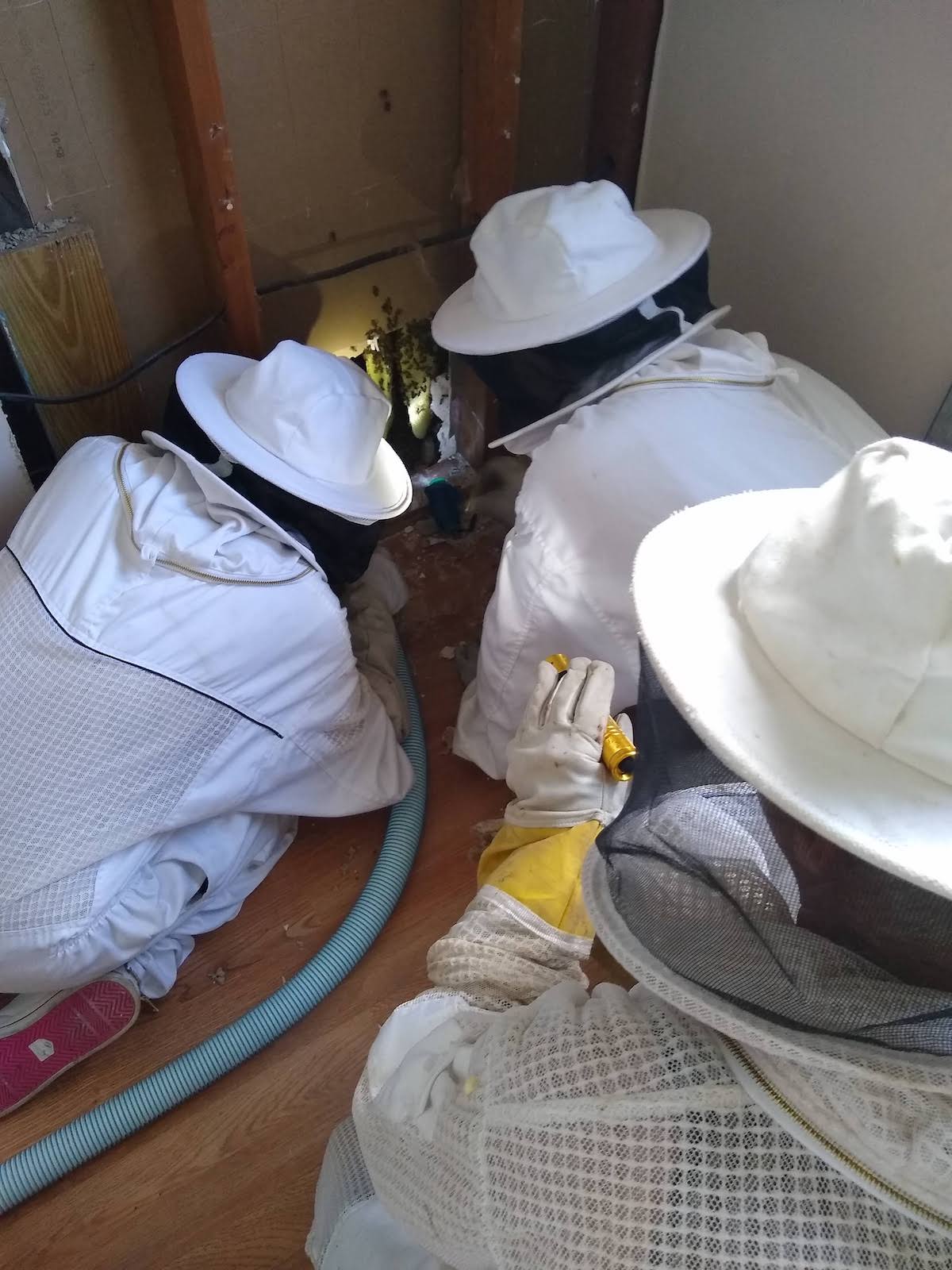
As agriculture has stretched the limits of commercial farming to an arguable tipping point, a desire for heavy production and fast profit has led to an increase in the introduction of chemical agents. Coupled with habitat loss, air pollution and drought, the use of pesticides poses a significant threat to an already struggling population. U.S. national agricultural statistics show a 60% loss of honey bee hives over the last 60 years. Working bee colonies, defined as populations of bees actively pollinating hectares of crops, have declined by 90% in the past 50 years. Steve Hurley sees lack of communication as a major factor, with large-scale agricultural operations often failing to work with bee owners. He points out, though, that there are some helpful tools available to address the problem. “There’s actually a page on the Department of Agriculture website that shows where registered apiaries are in the state of Florida. Farmers can get that data and if they know if they’re going to spray a crop in an area, they can notify the surrounding bee owners.”
The Keys are fortunate to have a healthy population of bees. The area has a decent number of beekeepers, both hobbyists and commercial outfits, and benefits from a warm climate that offers year-round cultivation season. Local bees collect nectar from a rotating menu of local flora — mango and avocado trees, saw palmettos, sea grapes and black mangroves. This cyclical style of life ensures multiple honey harvests each year for beekeepers like Bennett’s Bees.
Another honey-producer, Keys Beez has created a business modeled on the unique honey products available in the Keys, attributing the quality to two factors. For one, they note that the Keys has “more species of native flowering plants than any other place in the country … and the most varied source of nectars anywhere in North America.” Bees are able to feast continually on tropical flowers, rather than being fed sugar water. The Keys also benefit from isolation. Most commercially produced honey carries traces of antibiotics and fungicides. Keys Beez says, “these chemicals are entirely absent in our honey due to the simple fact that our bees are isolated from the mainland by hundreds of miles of warm ocean. Even the southeasterly prevailing winds come across thousands of miles of unpolluted ocean.”
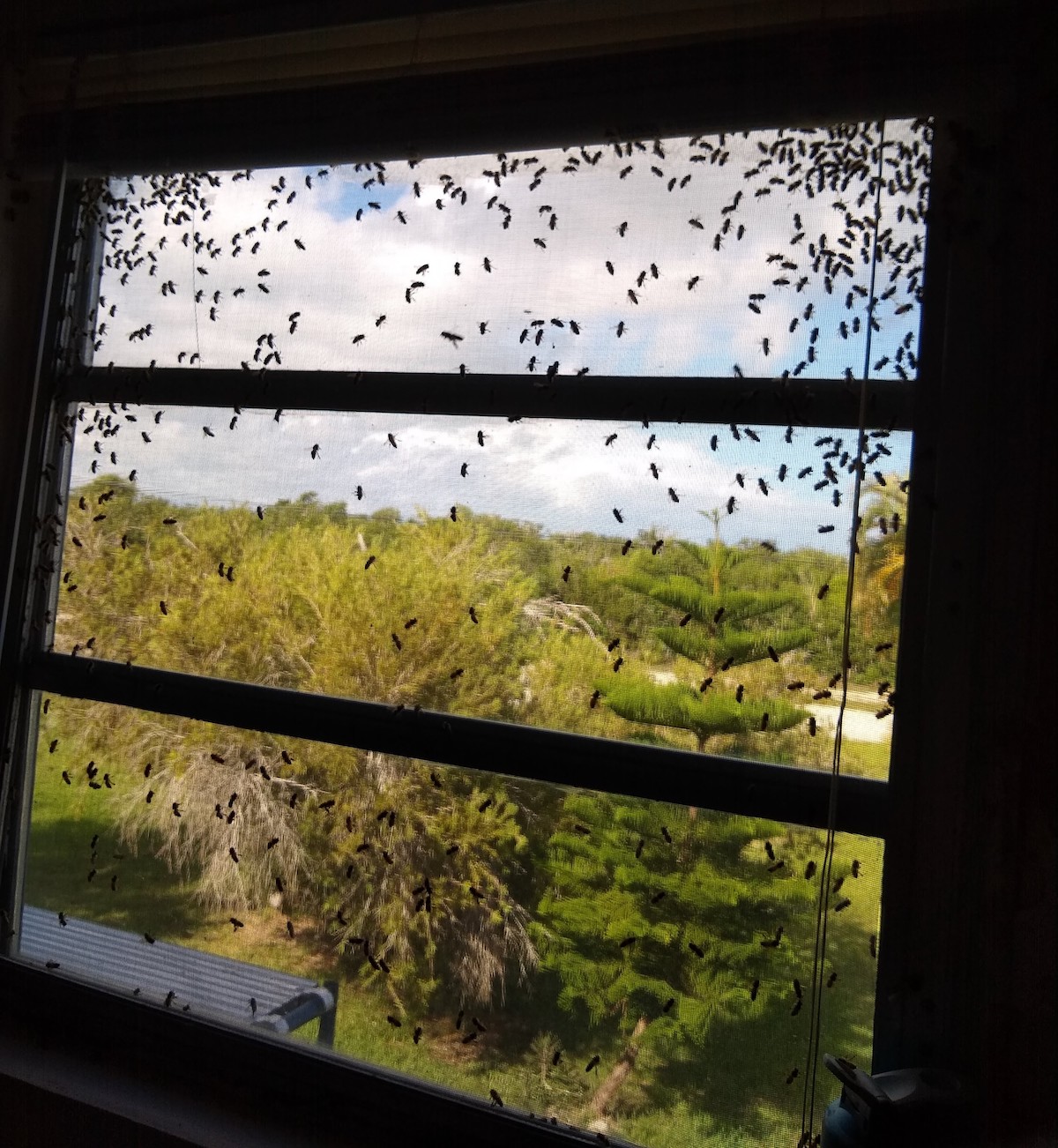
Bennett agrees that the Keys are fortunate to have a predominantly healthy environment for bees. While Keys bees owners don’t contend with the normal host of issues, there are still challenging factors. He notes that the biggest enemy of bees in the Keys is Mosquito Control. The helicopters aren’t a problem, he notes, since they drop larvicide. The trucks, on the other hand, spray chemicals that have been known to kill hives. “The trucks are not supposed to spray except in the middle of the night because the bees will go home at night. Mosquito Control has my address and they’re supposed to shut the spray off when they go by.” Hurley interjects that bee owners can register their addresses online for Mosquito Control exemption.
If attitude is any indication, the population they’re removing today looks extremely healthy. After a futile attempt outdoors, the crew was forced to move their operation to a small second floor bedroom. With the door closed and sealed with towels, Hurley gets to work opening up the wall. Almost immediately, nearly 10,000 (by Bennett’s expert estimate) fairly irritated bees fill the space, pinging off the crew’s suits and covering the walls, ceiling and window. The group gently and methodically starts capturing the bees and working to remove the honeycombs which have filled the interior structure of the walls. As the work continues, fired-up bees flail, fly and do their best to land a sting. In spite of the buzzy frenzy, Bennett, a self-proclaimed “bug-lover”, seems to be right in his element.
Interested in learning the art of beekeeping? Bennett’s Bees would love to hear from you!
Bennett’s Bees & Paradise Honey
Bee Removal/Honey Sales/Swarm Capture
Jeff Bennett
305-797-6356
keydive@aol.com
